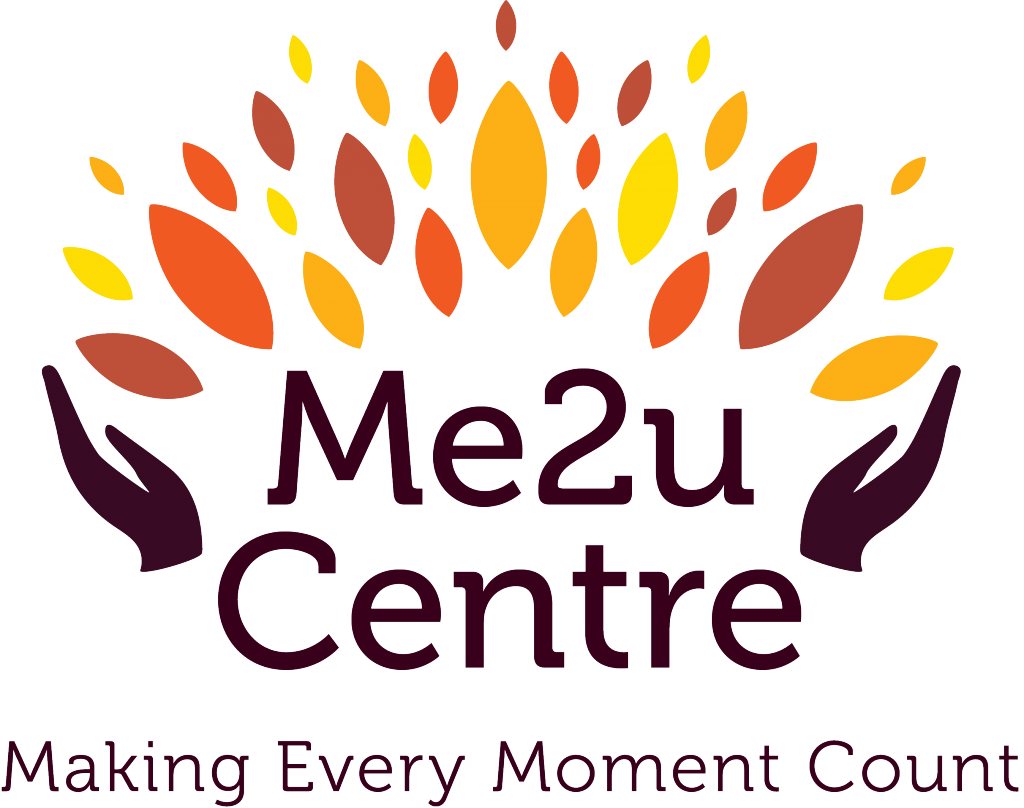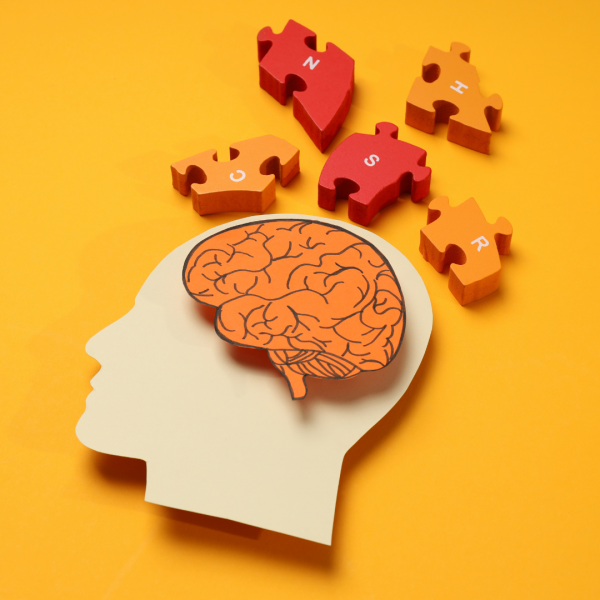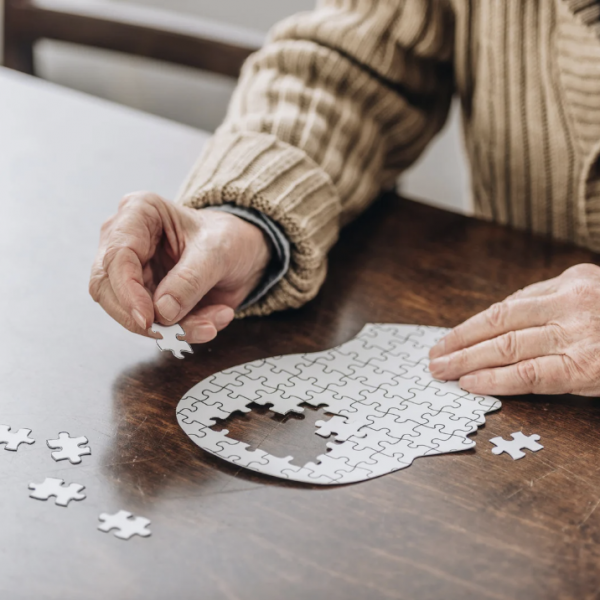The Importance of Engagement in Dementia Therapies
Dementia therapies aim to support individuals in maintaining cognitive function, reducing anxiety, and enhancing overall well-being. These therapies can include a range of activities, such as reminiscence, sensory stimulation, physical movement, and creative expression. Seasonal activities can fit perfectly into these therapeutic frameworks, and autumn offers a bounty of sensory experiences that can evoke cherished memories and foster connection.
1. Nature Walks: Connecting with the Outdoors
One of the simplest but most profound dementia therapies is spending time in nature. Autumn’s beauty—golden leaves, crisp air, and the earthy smell of the changing season—provides a multi-sensory experience that can spark positive emotions and memories. Taking a gentle walk in a local park, or simply sitting outside and observing the seasonal shift, allows dementia patients to connect with nature.
- Cognitive Benefits: Nature walks can help reduce agitation and anxiety, often calming the mind and body. The visual stimulation of vibrant autumn colours can also trigger past memories of fall, which might enhance memory recall and encourage conversation.
- Physical Benefits: Walking encourages physical movement, improving circulation and helping with mobility, which is crucial for individuals with dementia.
- Emotional Benefits: Being outdoors often improves mood, providing a sense of peace and relaxation.
While out on these nature walks, collecting leaves, acorns, or pinecones can also be a valuable sensory activity, adding an extra layer to the dementia therapy experience.
2. Reminiscence Therapy: Autumn-Themed Memory Boxes
Reminiscence therapy is one of the most widely used dementia therapies. It involves using sensory cues to trigger memories, encouraging individuals to reflect on past experiences. Autumn, with its distinct smells, sights, and sounds, provides an ideal backdrop for this therapeutic practice.
Creating an autumn-themed memory box can be an effective tool in reminiscence therapy. Fill the box with items that evoke autumn—such as dried leaves, a small jar of cinnamon or pumpkin spice, photographs of autumn scenes, or even small objects like knitted scarves or wool gloves that remind patients of past autumns.
- Cognitive Benefits: The sensory items in the memory box can stimulate memory recall, offering a sense of familiarity and comfort.
- Emotional Benefits: Reflecting on past autumns, perhaps childhood memories of playing in the leaves or family gatherings around harvest time, can foster a sense of connection and nostalgia.
Working through the memory box with a caregiver or loved one also creates opportunities for conversation, which is essential in maintaining social engagement for dementia patients.
3. Art and Craft Activities: Autumn-Themed Creations
Creative expression is an important element of dementia therapies. Engaging in artistic activities can provide dementia patients with an outlet for emotions, helping to reduce stress and anxiety. The act of creating something tangible also fosters a sense of accomplishment.
Autumn-themed crafts provide a variety of options. Some ideas include:
- Leaf Pressing or Collage: Collecting autumn leaves and pressing them to create beautiful, tactile collages that patients can hang on their walls.
- Pumpkin Painting: A fun alternative to pumpkin carving that allows patients to get creative without the difficulty of using sharp tools. Painting pumpkins in bright, fun colours can offer both sensory and cognitive stimulation.
- Nature-Based Sculpting: Using clay or play dough, patients can mould their own versions of acorns, pinecones, or even small animals that represent the autumn season.
- Cognitive Benefits: These activities encourage creativity and problem-solving, which can help maintain cognitive skills.
- Emotional Benefits: The process of making something provides a sense of purpose, reducing feelings of anxiety or frustration that may be common among dementia patients.
4. Cooking and Baking: Sensory Stimulation Through Seasonal Foods
One of the most effective dementia therapies involves engaging the senses, and what better way to stimulate all five senses than through cooking? Autumn offers a rich variety of flavours and smells that can evoke strong memories, from the smell of pumpkin spice to the taste of warm apple pie.
Some simple cooking or baking activities for dementia patients include:
- Baking Apple Pie or Pumpkin Bread: These classic autumn recipes fill the home with delicious smells, triggering happy memories and fostering a sense of accomplishment as the patient participates in preparing and enjoying the treat.
- Making Spiced Tea or Hot Chocolate: Warm, comforting beverages like spiced tea or hot cocoa can bring about soothing sensory experiences.
- Cognitive Benefits: The process of cooking can stimulate memory recall and provide an opportunity for social interaction, which is key in dementia therapies.
- Emotional Benefits: Food has a powerful emotional component, and cooking together fosters connection and can reduce feelings of isolation.
5. Music Therapy: Autumn-Inspired Soundtracks
Music therapy is an essential part of dementia therapies, as it can evoke memories and emotions in ways that other activities may not. During autumn, consider creating a playlist of songs that resonate with the season—classical pieces that mimic the sound of falling leaves, folk tunes, or nostalgic songs from the patient’s past that may be linked to autumnal memories.
- Cognitive Benefits: Music can stimulate memory recall, even in the later stages of dementia. Familiar songs often help patients remember events or feelings connected to the music.
- Emotional Benefits: Music reduces stress, encourages relaxation, and provides an avenue for emotional expression. Tapping into seasonal themes can make the experience even more meaningful.
6. Harvest-Inspired Gardening: Planting for the Future
For individuals who have a passion for gardening, autumn is the perfect time to engage in harvest-related activities. While planting flowers might be more associated with spring, there are many fall plants like pansies, chrysanthemums, or even bulbs for spring flowers that can be planted now.
Gardening tasks can be adapted for varying levels of mobility and cognitive ability, allowing patients to feel involved regardless of their stage of dementia.
- Cognitive Benefits: Gardening offers opportunities for patients to practice focus and follow-through, essential skills in dementia therapies.
- Physical Benefits: Digging in the soil, planting bulbs, and even watering plants involve light physical activity, promoting movement and coordination.
- Emotional Benefits: The simple act of caring for a plant can foster feelings of accomplishment, purpose, and connection to the natural world.
At the Me2u Centre, we understand that dementia therapies are most effective when they are engaging, person-centred, and rooted in meaningful experiences. Autumn, with its rich sensory and emotional associations, provides a beautiful canvas for such activities. Whether it’s a simple walk in the park, a creative art project, or baking a favourite autumn treat, these activities can enrich the lives of dementia patients by offering therapeutic stimulation and fostering connection with loved ones.
As we move into the heart of the fall season, let’s embrace the opportunities for connection and healing that autumn brings, ensuring that those living with dementia feel supported, engaged, and valued every step of the way.




